
From tent to sleeping bag and gas stove to camping meals, INOV8 ambassador James Forrest outlines exactly what you need to pack for a multi-day hike. In this informative guide he uses his vast experience to give you the ultimate multi-day hike packing checklist.
There is something truly magical about the simplicity, escapism, and adventure of a multi-day hiking expedition. Whether you’re taking on the West Highland Way in Scotland, or the Pacific Crest Trail in America, completing a multi-day hike will create memories to last a lifetime.
However, spending day after day on the trail means you need to be more self-reliant. You may need to cook for yourself, navigate remote terrain, sleep under the stars and – most importantly – keep yourself safe and sound. All of this means your packing game needs to be on point.
A packing checklist will ensure you don’t accidentally forget anything. James’s comprehensive checklist includes everything you need to know about packing for a long-distance walking adventure (the checklist can also be downloaded as a PDF).
WHAT IS A MULTI-DAY HIKE?
Multi-day hiking is any walk that takes longer than 24 hours, including at least one overnight stay. Some walkers choose to stay in hotels or AirBnBs overnight after every day of walking, but in this article we’re focusing on a packing list for multi-day hikes that involve wild camping.
Multi-day hikes usually involve following a recognised, waymarked route. England and Wales has 2,500 miles of hiking paths across 16 National Trails, while Scotland has over 1,900 miles of routes across its 29 Great Trails.
You may also have heard of the term “thru-hiking”. Multi day hikes may not take in a complete hiking trail – if you follow a complete long-distance route from start to finish, it’s known as a thru-hike.
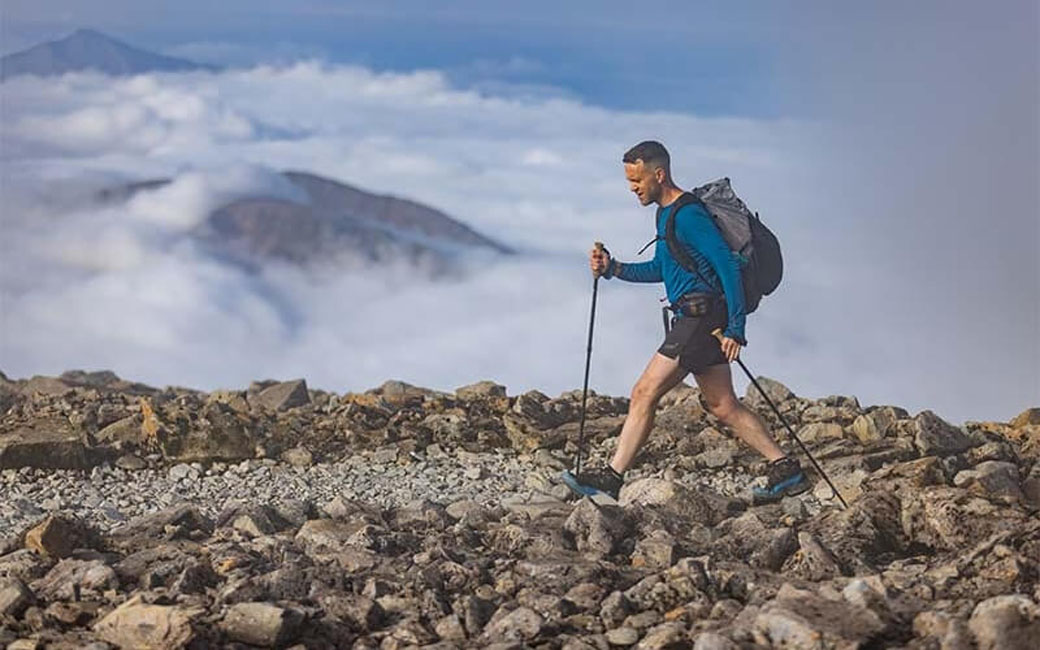

WHAT SHOULD YOU WEAR FOR A MULTI-DAY HIKE?
A sensible approach is to think of your clothing as a system of layers that can be adapted as the weather changes and the intensity of exercise varies.
Next to the skin wear a lightweight, technical, fast-wicking base layer and technical underwear.
On top of this you’ll want well-designed, comfy hiking trousers and a technical mid-layer for some warmth.
On your feet, comfortable hiking boots or shoes with grip, cushioning and waterproofing are essential.
WHAT TYPES OF KIT DO YOU NEED TO CARRY?
The stuff you need on a multi-day hike can be split into four main categories:
- Food and drink
You’ll want enough supplies to keep you well-nourished and suitably hydrated for the duration of your expedition. By meticulously planning your ‘re-supplies’ at shops, cafes, and pubs enroute, you can reduce the weight of the food and liquid you need to carry at any one time. - Clothing
Extra warm and waterproof layers to ensure you stay comfortable and safe. - Safety gear
Items such as navigation tools, first aid kit and emergency shelters to help you cope safely with accidents, inclement weather or unforeseen circumstances. - Camping kit
Equipment including a tent, sleeping mat, sleeping bag and camping stove to ensure you’re comfortable when sleeping outdoors.
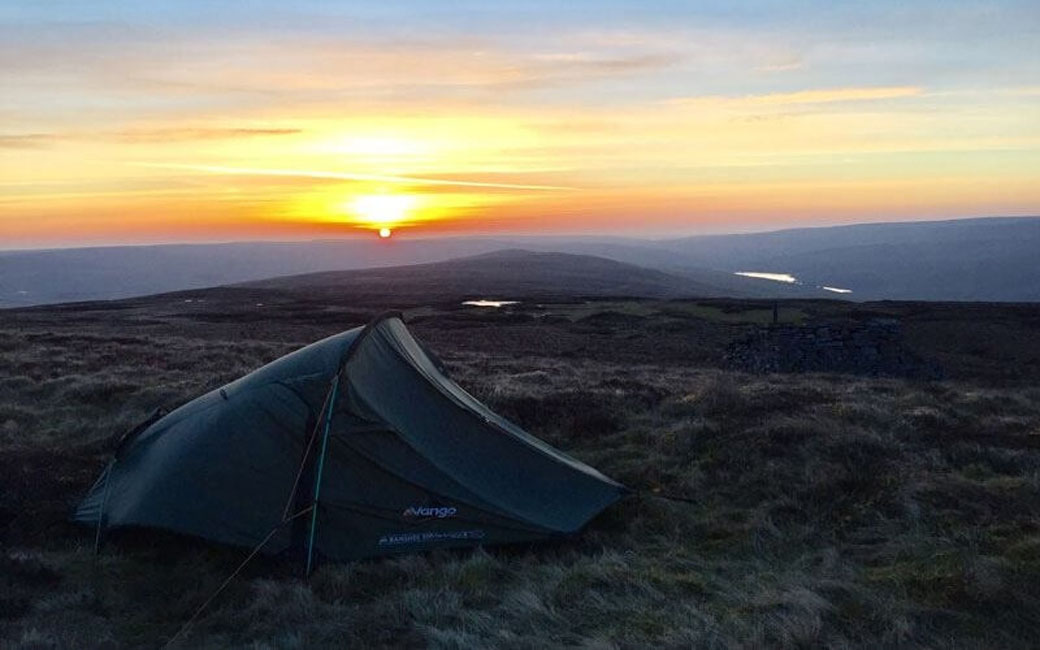
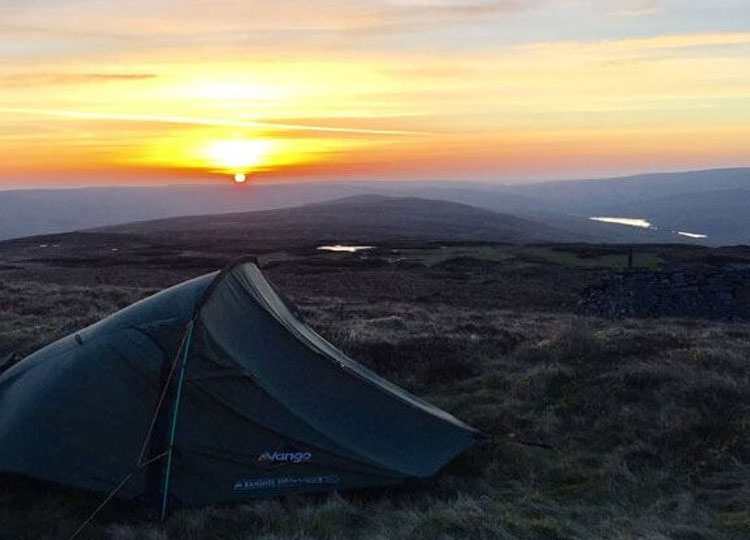
THE CLASSIC MULTI-DAY HIKE ‘SLEEP SYSTEM’
Your sleep system – tent, sleeping bag and sleeping mat – is the trio of essential items required to wild camp in the mountains.
A good tent will be waterproof, stable and protective. Premium models from brands such as Terra Nova, MSR and Hilleberg can cost upwards of £500, but more affordable options are available for about £100. A good option is the Vango Nevis 200 (£155).
For a sleeping bag you’ll want to keep an eye on its temperature rating, commonly listed as a ‘comfort’ temperature (warm enough for the average female) and ‘comfort limit’ (warm enough for the average male). While this might seem a little sexist, there’s a difference here because women tend to feel the cold more than men. It’s important to remember though that this is on average – some women feel the cold less, some men feel the cold more! Think about the temperature you’ll be camping in, how much you feel the cold and buy accordingly.
Similarly, you should buy a sleeping mat with an R-Value suitable for the conditions you’ll experience. The R-Value is a system used to quantify the thermal efficiency of sleeping pads - the higher the value, the better the insulation. As a general guide an R-value of 5 or higher is suitable for winter wild camping and above 2 is fine for three-season use.
HOW CAN YOU COOK MEALS DURING A MULTI-DAY HIKE?
Hot food replaces calories, restores your energy and boosts your spirits, so it’s absolutely essential. For wild camping you’ll need a way of cooking hot meals, such as porridge for breakfast or for boiling water to add to dehydrated meals for dinner.
All you’ll need to achieve this is a simple camping stove, paired with a gas canister. The simplest option is a canister-top stove (a lightweight stove that screws directly atop a gas canister), or an all-in-one stove system (a burner with an integrated pot). With the former you’ll need to buy a separate pot or pan, and for both you’ll also need to carry a spork and a lighter/matches.
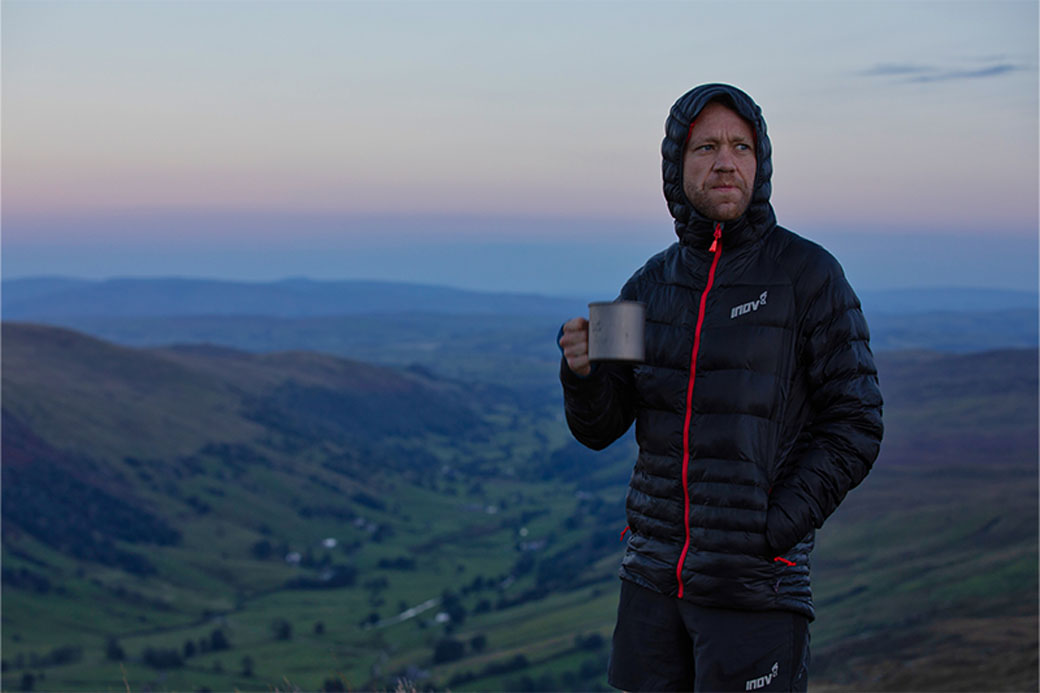
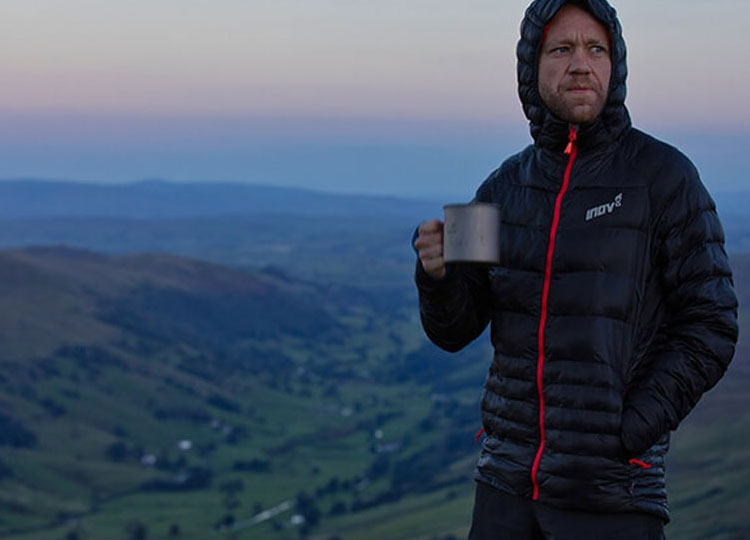
HOW HEAVY SHOULD YOUR BACKPACK BE?
The temptation is to pack the kitchen sink, just to make sure you have everything you need. But it’s vital not to overdo it – an exceptionally heavy rucksack will give you backache and spoil the enjoyment of the hike.
Instead it’s wise to be efficient with your packing and only take what you really need. When you’re living a feral trail lifestyle, you won’t need many things like deodorant, spare pants, a pillow (just stuff your down jacket into a dry bag) and other non-essentials. Some gram-counting, ultra-light enthusiasts take this approach to the extreme, aiming for a base pack weight of between 5kg and 8kg! But for a long-distance hike a more common weight is from 8kg to 15kg.
HOW TO REDUCE THE WEIGHT OF YOUR BACKPACK
Because your sleep system is the heaviest and bulkiest thing in your backpack, it’s also the best place to start for big weight savings. A reduction of a few kilograms should be achievable, simply by investing in lighter equipment.
Switching from a Vango Nevis 200 tent (2,020g) to a Vango F10 Helium UL1 (1,200g) would save you over 800g, for example. Similarly, swapping your Robens Spire III sleeping bag (1,685g) for a Robens Couloir 350 (795g) would shave 890g off your load.
However, the problem with this approach is the cost. Ultralight equipment doesn’t come cheap and, unless you’ve got very deep pockets, it might take a while to upgrade all of your kit.
WHAT TO PACK FOR A MULTI-DAY HIKE: THE ULTIMATE CHECKLIST
| Multi-Day Hike Packing Checklist |
| ✓ | Backpack – 40-60-litres, with sturdy straps and ideally a hip belt |
| Walking poles – for balance and to take pressure off your joints |
| Food & Drink |
| Water bottles x 2 – for holding up to 2 litres of refreshing H20 | |
| Water filter – to enable drinking out of streams | |
| Expedition food – camping meals for dinner and porridge/coffee for breakfast | |
| Daytime food – ample sandwiches, snacks, cakes, sweets and other treats | |
| Emergency rations – extra high-energy bars in case your hike takes longer than expected |
| Clothing |
| Waterproof jacket – an outer layer to keep out the inevitable rain | |
| Waterproof over-trousers – a waterproof layer to keep your legs dry | |
| Thermal jacket – an insulated jacket for when it’s cold on a summit or during rests | |
| Spare mid-layer – to take off the chill | |
| Hat, gloves and neck-warmer – for added warmth when required |
| Safety Kit, Accessories & Equipment |
| Sun hat, sunglasses, sun cream and lip balm – to protect from the sun | |
| Dry bags – waterproof, sealable bags to safely store your gear | |
| Headtorch – for navigating safely at dawn or dusk | |
| Compass – a crucial tool for navigating safely in the mountains | |
| Waterproof map – a hard-copy map is indispensable for navigation | |
| Phone – for using a navigation app or calling for help in an emergency | |
| Powerbank and cable – for charging your phone if it runs out of juice | |
| GPS watch – a Garmin or similar device for navigation and tracking your activities | |
| First aid kit – plasters, painkillers and basic medical supplies | |
| Emergency shelter – a life-saving shelter for emergencies | |
| Emergency survival bag – to shelter from the rain or a storm, if required | |
| Safety whistle – for drawing attention in an emergency | |
| Accessories – zip-lock bags, multi-tool, pen knife, spare shoelaces | |
| Rubbish bag – for carrying out any rubbish and ensuring you ‘leave no trace’ | |
| Toilet tissue, trowel and hand sanitiser – in case you get caught short | |
| Insect repellent – to keep the dreaded midges at bay | |
| Personal medication and toiletries – for any personal medical needs |
| Camping Kit |
| Tent with pegs and guy lines – a portable home you can pitch wherever you want | |
| Sleeping mat – a foam or inflatable mat to sleep on | |
| Sleeping bag and liner – a warm bed for a night under the stars | |
| Camping stove, gas canister and lighter – a gas-powered stove for hot meals and drinks | |
| Cooking utensils – pans, titanium spork and mug for mealtimes |
